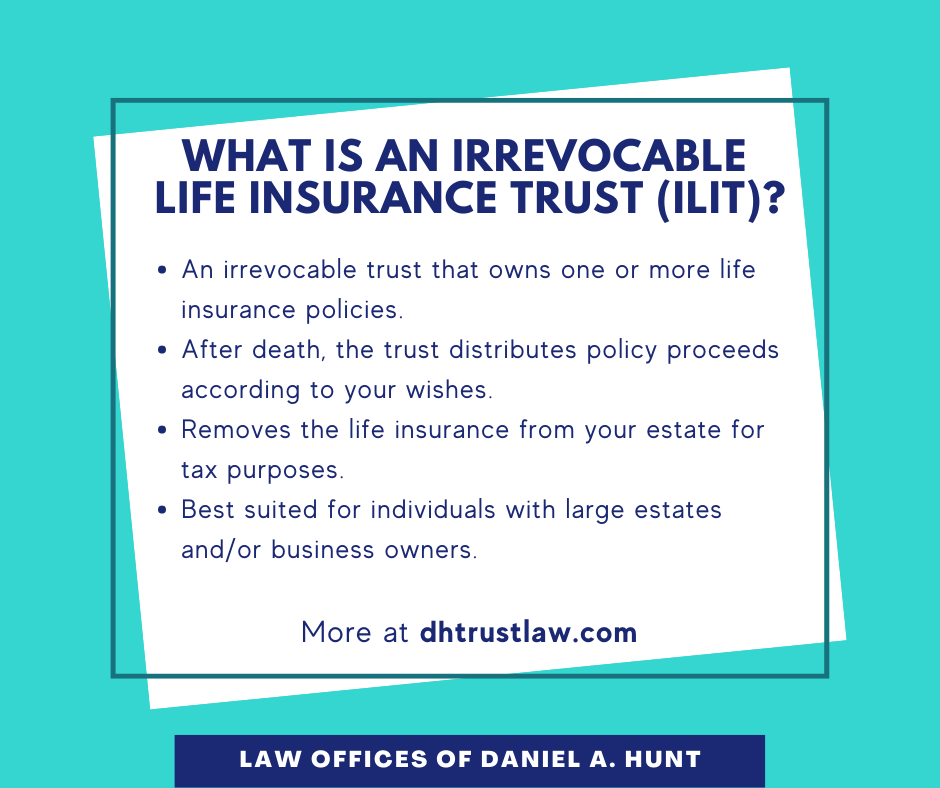All About Pacific Prime
All About Pacific Prime
Blog Article
The 9-Minute Rule for Pacific Prime
Table of ContentsThe Main Principles Of Pacific Prime Pacific Prime Can Be Fun For AnyoneThe Basic Principles Of Pacific Prime The Single Strategy To Use For Pacific PrimeThe Best Strategy To Use For Pacific Prime

This is due to the fact that the information were accumulated for a period of solid financial performance. Of the estimated 42 million individuals that were without insurance, just about regarding 420,000 (concerning 1 percent) were under 65 years of age, the age at which most Americans become qualified for Medicare; 32 million were grownups between ages 18 and 65, about 19 percent of all grownups in this age; and 10 million were youngsters under 18 years old, about 13.9 percent of all kids (Mills, 2000).
These quotes of the variety of persons without insurance are produced from the yearly March Supplement to the Present Populace Study (CPS), carried out by the Demographics Bureau. Unless otherwise noted, national quotes of people without wellness insurance and proportions of the population with various sort of protection are based on the CPS, the most widely utilized resource of quotes of insurance policy coverage and uninsurance rates.
8 Simple Techniques For Pacific Prime

Still, the CPS is particularly helpful because it generates yearly quotes fairly rapidly, reporting the previous year's insurance protection estimates each September, and because it is the basis for a consistent collection of quotes for greater than two decades, permitting analysis of fads in protection in time. For these reasons, along with the considerable use the CPS in various other research studies of insurance protection that are provided in this report, we depend on CPS estimates, with constraints noted.

The price quote of the number of without insurance people expands when a populace's insurance condition is tracked for several years. Over a three-year duration beginning early in 1993, 72 million individuals, 29 percent of the U.S. https://www.huntingnet.com/forum/members/pacificpr1me.html. populace, were without coverage for at the very least one month. Within a solitary year (1994 ), 53 million people experienced a minimum of a month without insurance coverage (Bennefield, 1998a)
6 out of every ten uninsured grownups are themselves employed. Although working does improve the likelihood that a person and one's relative will certainly have insurance coverage, it is not a warranty. Also members of family members with two permanent wage earners have virtually a one-in-ten possibility of being without insurance (9.1 percent uninsured price) (Hoffman and Pohl, 2000).
The Greatest Guide To Pacific Prime
New immigrants make up a considerable percentage of people without medical insurance. One analysis has associated a substantial section of the recent growth in the size of the U.S. uninsured population to immigrants who showed up in the nation in between 1994 and 1998 (Camarota and Edwards, 2000). Current immigrants (those that concerned the United States within the past 4 years) do have a high rate of being without insurance (46 percent), yet they and their youngsters account for just 6 percent of those without insurance country wide (Holahan et al., 2001).
The partnership in between wellness insurance policy and accessibility to care is well developed, as recorded later on in this phase. The relationship in between wellness insurance policy and health and wellness results is neither direct nor simple, an extensive clinical and wellness solutions research study literature web links wellness insurance coverage to better accessibility to care, much better quality, and enhanced personal and population Our site wellness condition.
Levels of evaluation for examining the results of uninsurance. This conversation of medical insurance coverage concentrates mainly on the united state population under age 65 because basically all Americans 65 and older have Medicare or various other public coverage. In addition, it focuses specifically on those with no medical insurance for any type of size of time.
How Pacific Prime can Save You Time, Stress, and Money.
The troubles dealt with by the underinsured are in some respects comparable to those dealt with by the without insurance, although they are usually much less severe. Wellness insurance policy, nevertheless, is neither necessary neither adequate to gain accessibility to medical solutions. The independent and direct effect of wellness insurance protection on access to health services is well developed.
Others will obtain the health treatment they need also without medical insurance, by spending for it expense or seeking it from service providers that provide treatment complimentary or at highly subsidized prices. For still others, health and wellness insurance alone does not make sure invoice of care as a result of other nonfinancial obstacles, such as an absence of health and wellness treatment service providers in their area, restricted accessibility to transportation, illiteracy, or linguistic and social differences.
Pacific Prime for Beginners
Formal research study regarding without insurance populations in the United States dates to the late 1920s and early 1930s when the Committee on the Expense of Treatment generated a collection of records concerning funding physician office brows through and hospitalizations. This problem ended up being prominent as the numbers of medically indigent climbed during the Great Clinical depression.
Report this page